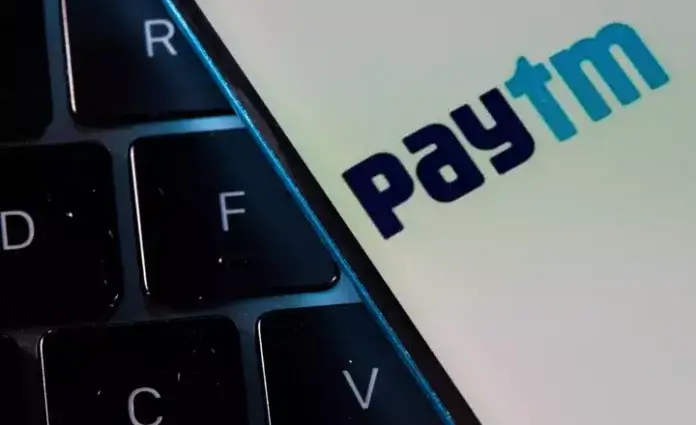Paytm, a significant player in India’s payment and financial services sector, has launched the new Paytm UPI SDK. Recognized for popularising QR and mobile payments within the country, Paytm is powered by the company’s Payments Bank technology. Paytm Payments Services Ltd is also distributing the new technology to its current online merchants.
Significance of Paytm UPI SDK
The company states that this advanced feature will enable online merchants’ customers to make UPI payments directly and seamlessly from the merchant’s mobile app, eliminating the need for redirection during checkout. This means customers can pay directly from their bank accounts by entering their UPI PIN without exiting the merchant app.
Paytm is promising customers four times faster UPI payments with the UPI SDK. It also projects a five-fold reduction in the needed taps and a complete eradication of external redirection. This will result in customers no longer having to toggle between merchant and payment apps to complete transactions. The outcome is fewer clicks, quicker transactions, improved success rates, and enhanced customer retention.
Benefits for Online Businesses
With the implementation of Paytm’s UPI SDK, online businesses can provide their customers with the ability to check account balances, create VPA handles, add more UPI-linked accounts, and set/reset UPI PIN in real-time, all within their app before making a payment.
This is part of the existing UPI acquiring arrangement between Paytm Payments Services Ltd. and Paytm Payments Bank. Paytm Payments Services Ltd provides UPI acquisition services to merchants in this arrangement. Paytm’s UPI SDK adds to this arrangement by enabling businesses to integrate the UPI payment system into their existing mobile apps using a low-code approach and customizable UI themes.
SDK Extends Beyond UPI
Besides UPI, the SDK will soon support additional payment types, such as UPI LITE and UPI on Rupay Credit Card, granting users more flexibility without necessitating further integrations.





































![Best Gaming Keyboards Under ₹2000 in India [2025 Edition]](https://ibixion.com/wp-content/uploads/2025/05/universal_upscale_0_e88e4495-cad7-4ea6-a771-51cbbabcf328_0-324x160.jpg)



![Best ways to Watch Cartoons Online: Free & Paid [Website List] watch cartoons online](https://ibixion.com/wp-content/uploads/2020/05/small-boy-with-down-syndrome-watching-cartoon-on-tv_t20_oRlole-1-100x70.jpg)




![BombSquad Promo Code [400* Free Ticket] Latest & Updated](https://ibixion.com/wp-content/uploads/2017/05/bombsquad-promo-code-main-100x70.png)